James Webb Telescope Unveils 7-Billion-Year-Old Alien Threat That Could Change Everything
So, what do you get when the sci-fi thriller meets cosmic archaeology? Meet 3I/ATLAS — the outer space visitor that’s been stirring up a cosmic debate hotter than your Aunt Marge’s Thanksgiving turkey. Is it a comet just dropping by from another solar system? Or, as some of the more imaginative minds in astronomy suggest (yes, I’m looking at you, Harvard’s Avi Loeb), could it be an alien spacecraft showing off with some “artificial light” — basically cosmic bling with a possible engine? Well, hold onto your telescopes because the James Webb Space Telescope has been snooping on this interstellar enigma and uncovered it might be about seven billion years old. Yup, older than most family trees combined… So, next time you glance at the night sky, ask yourself: is that twinkle just a comet or the universe’s oldest, slowest, and maybe a tad bit sneaky alien guest?
The origin of the ‘potentially hostile alien threat’ appears one step closer to being solved after extensive research using observations from the James Webb Space Telescope.
3I/ATLAS has been heavily debated in the science community, with some experts still pushing the idea the extraterrestrial object could be some kind of alien spacecraft.
Harvard professor Avi Loeb has theorised the comet could be producing ‘artificial light‘, potentially a sign of an alien ‘engine’.
Meanwhile, NASA has remained steadfast in their stance that the object is a comet from another solar system, which is still pretty exciting in itself, given it is only the third known comet to intrude on our solar system from elsewhere in space.
Up until recently, we haven’t known an awful lot about the mysterious object, however new research has revealed the comet is incredibly old, possibly even seven billion years old, to be exact.
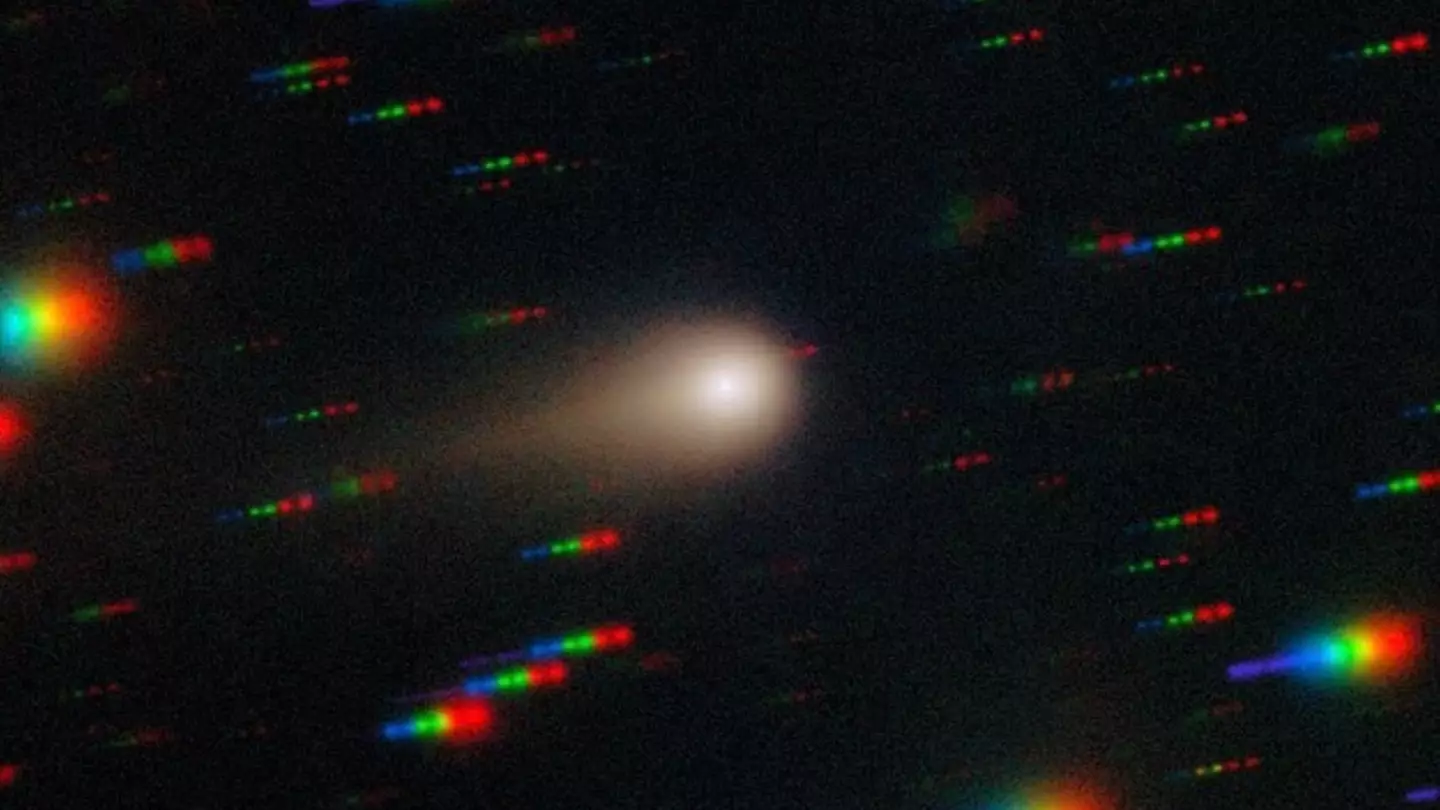
3I/ATLAS is now believed to be 7 billion years old (NASA)
Scientists have come to this conclusion after discovering the space rock is highly irradiated from billions of years of cosmic ray bombardments, LiveScience reports.
The research suggests that 3I/ATLAS has soaked up so many galactic cosmic rays on its journey through the Milky Way, causing a thick crust that no longer bears any resemblance to the material it once was in its home star system.
Observations from the James Webb Space Telescope have been combined with computer simulations to formulate the estimated age after it was previously determined the comet exhibited ‘extreme’ levels of carbon dioxide enrichment.
Although the research is yet to be peer reviewed, the study published on the preprint server arXiv concludes that billions of years of cosmic rays have significantly altered 3I/ATLAS’ physical state.
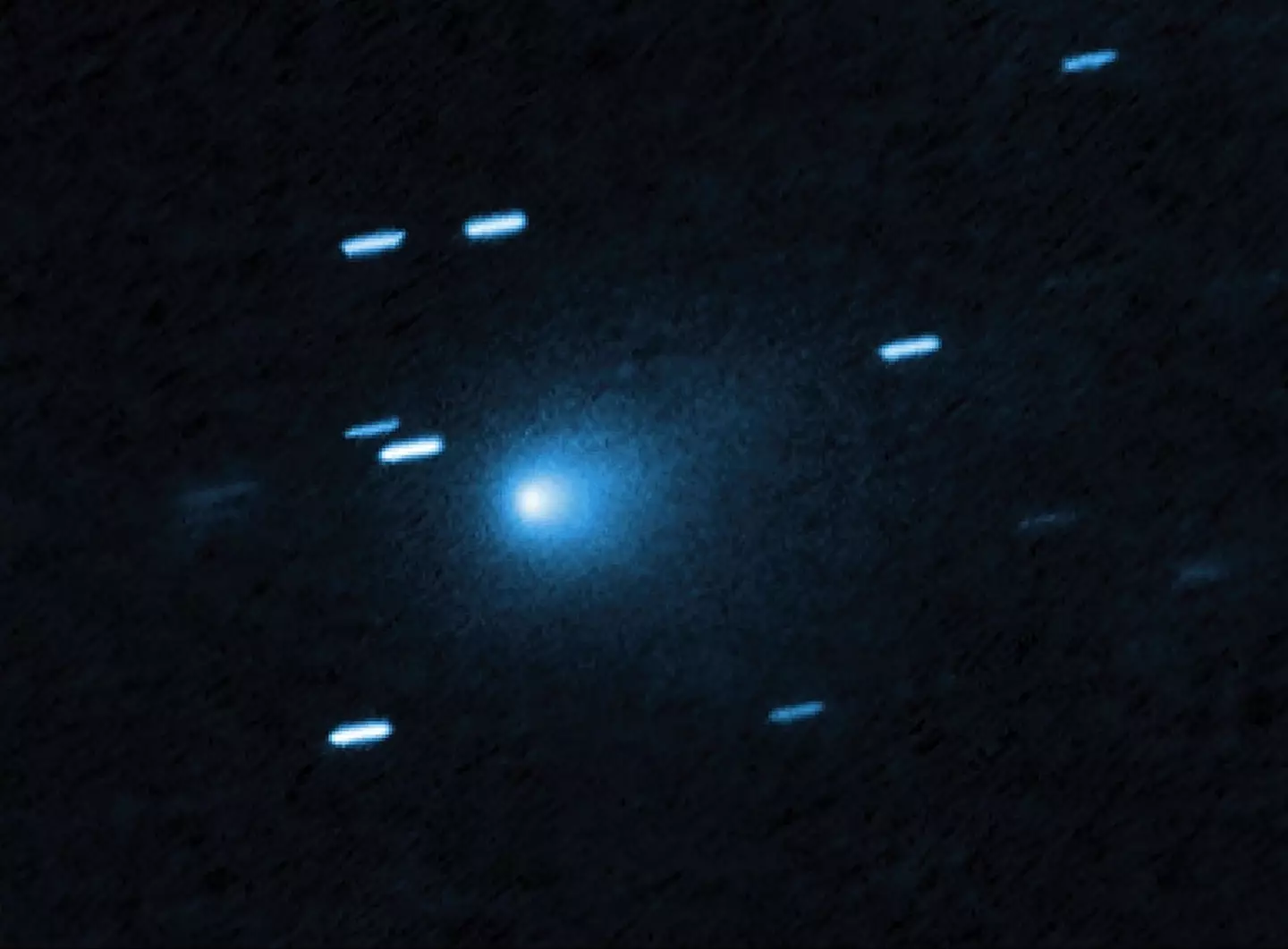
There have been claims the comet is actually a hostile alien threat (NASA, ESA, David Jewitt)
The lead author of the study, Romain Maggiolo, research scientist at the Royal Belgian Institute for Space Aeronomy, said: “It’s very slow, but over billions of years, it’s a very strong effect.”
These findings highlight the vast difference of a comet originating from outside our solar system to those found within our galaxy, because of the heliosphere, which is the huge ring of radiation emitted by the sun, which shields Earth and its neighbouring planets from the majority of the cosmic radiation in space.
However, with 3I/ATLAS coming from elsewhere in space, where it has spent most of its life, it has existed without these protections.
Meanwhile, if you want to see the peculiar space object for yourself, now is the time, as this month you can see 3I/ATLAS from Earth using a telescope as it moves back towards our planet from the sun.
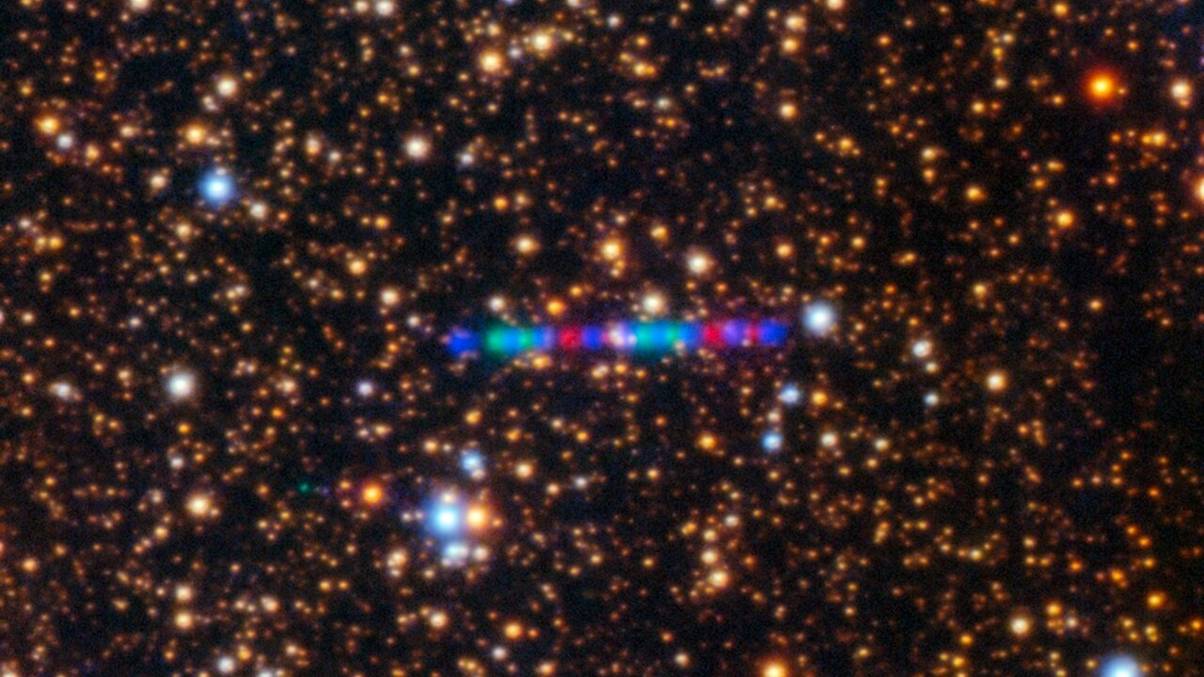








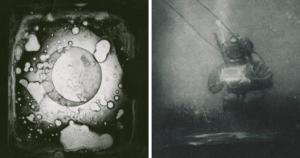




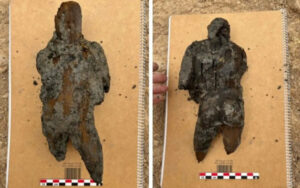





Post Comment